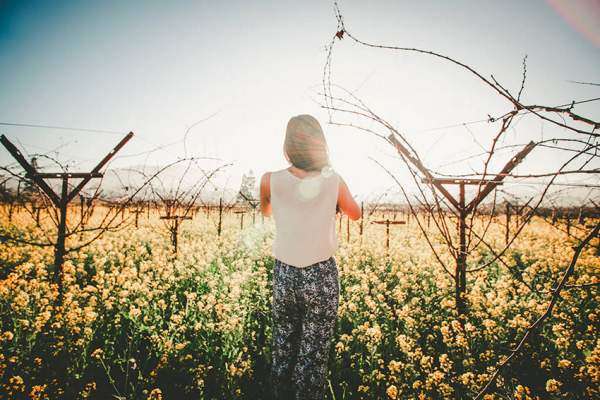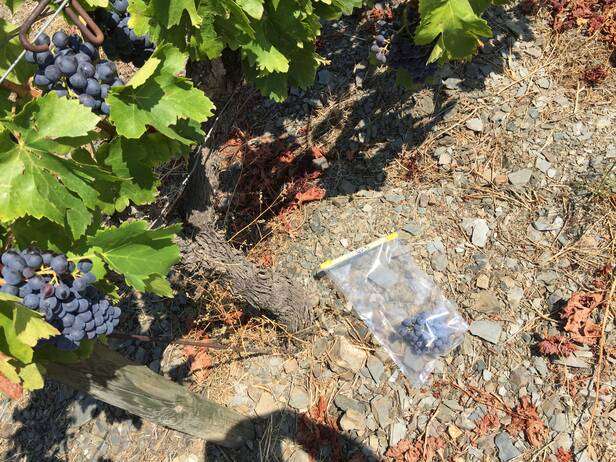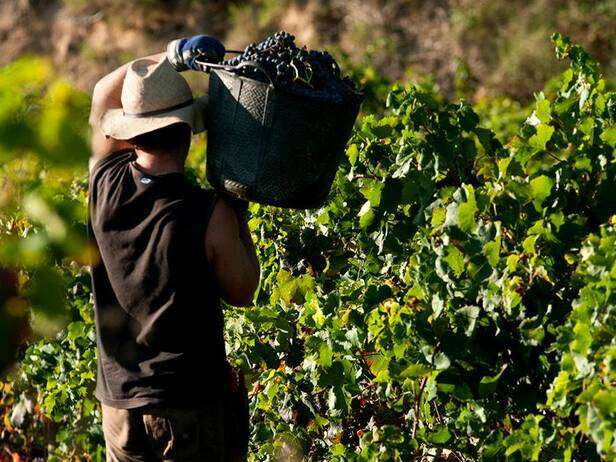
We are constantly hearing phrases like "Wine is made in the vineyard" or "Great wines come from vineyards and good grapes". And they are not lying.
Winemaking begins in the vineyard, and therefore, it is necessary to work by integrating the vineyard and winery in a cross-sectional way that allows us to make the right decisions andhave the resources in place to achieve this goal.
The precise and integrated monitoring of viticulture and enology shows us the close relationship between the style of wine, the variety and the terroir.
Through a precise, well-parameterized monitoring of Viticulture/Enology, we must guarantee a durable viticulture, respectful of the environment allowing:
In Viticulture:
- Profitable production.
- Promote the resistance of the plant.
- Limit phytosanitary treatments.
- Optimize the soil's water reserve.
In Enology:
- Grape yield.
- Qualities according to the defined styles of wine: aromas, colors, freshness, structure and storage capacity.
- Ensure the qualities or properties of the wine over time, harvest after harvest.
Over the years, we have measured the kinetics of sugar load per berry during the maturation of the grape. This loading speed is related to the photosynthetic activity of the plant and the distribution of the sugars produced. The speed of loading in sugars, will be marked by the balance of the plant and its physiological state and, therefore, the eventual stress that it may encounter (hydric, mineral, thermal, etc).
The monitoring of the loading kinetics allows us to know the aromatic style of the grapes and to know the maximum potential in thiols or terpenes. It also allows us to know when to harvest to have fresh or ripe fruit in reds, and to assess the vineyard potential of the plot, predicting the harvest date based on the vegetative cycle of the variety.
Over the years, we have observed that, although we find plots with very good balances and potentials, there are also plots with maturation blockages and plants with stress. Therefore, we must now propose new solutions such as:
- Characterization of the nitrogen status of the plots, where we help to control the nitrogen fertilization.
- Characterization of soil health from the knowledge of microbiological indicators. Organic fertilization treatments are designed.
This organic fertilization plays an essential role in the balances and styles of the wines. Through rational nutrition and well-parameterized monitoring of the effects it produces in the vineyard, we can achieve the objectives set in each case.
Only with true monitoring of the vineyard can we ensure the different styles of wine and the terroir of each of them.
Related news
“Vintage” knows your vineyard
The sowing of selected industrial yeasts in the history of winemaking is a rather recent technique, very widespread in current enology because it provides fermentation safety (controlling other variables such as nutrition, temp.) and specific organoleptic profiles (valued in some markets) but that some reject because it may involve standardization of the product.
Maturation controls Where is the fruit?
The wine consumer has increasingly more knowledge and is more demanding; they are looking for fruity wines. This requires winemakers to have better control of the raw material with which they work.

